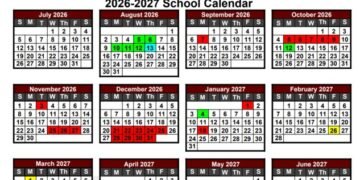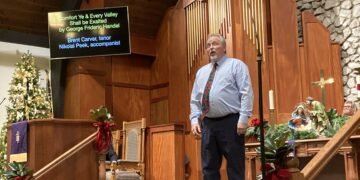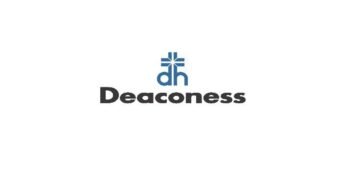For a combined 120 years, they worked in a grand old building near the corner of Henderson’s primary downtown crossroads — Second & Main.
They collected the lore and experiences that people do when they spend a significant amount of their work life in the same place with people who become a kind of family.
On Jan. 23, five former workers, now retired from being tellers, bookkeepers, switchboard operators and loan/trust department employees, revisited The Vault at 208 N. Main St. to take a quick stroll down memory lane.
Though it went by other names and corporate entities before and after the five worked there from the early 1970s to 2000, to them it was First National Bank.
After being vacant for several years, the old building has been transformed into a events venue and cafe owned by Steve and Sarah Jenkins and operated by Annalise and Hunter Thewis. The cafe is called Antler Specialty Goods.
On a tour of three above-ground floors and the basement guided by Sarah Jenkins, retirees Robin French, Eleanor Martin, Janet Esser, Judy Priest and Kathy Osborne were excited to see what has become of the place where they spent so much of their lives. They enjoyed pointing out where their workstations were located and where various business functions were handled.
Customers likely remember the stained-glass windows and lobby chandeliers (which have been refurbished and repurposed), the old stone water fountain that was located in the middle of the room and murals that depicted bucolic scenes of tobacco and corn crops and of the river.
But the most prominent memory from the bank lobby is the massive vault at the back of the main room that gives today’s events venue its name.
That vault still has the lockboxes that were once used by customers to secure their precious documents, jewelry and other valuables. Jenkins told the group that they considered moving the boxes to a different location in the building and giving them a creative use, but that project proved impractical because of their sheer weight.
Though much has changed in the building, some things haven’t.
“It still smells the same,” more than one person commented as they descended the stairs into the basement where some of the more behind-the-scenes functions of the bank — including their lunchroom location — were once located.
Eleanor Martin, an employee from 1970 to 2000, started in the loan department as a secretary before transferring to the trust department.
“My desk was right inside the door (of what is now Antler) … and on windy days my papers would go flying everywhere when the door opened,” she recalls. “I learned to use a lot of paper weights and even a rock one time to hold things in place.”
French, who held several different jobs during her 15-year tenure, remembers that one department accessible only by the single staircase was issued a special kind of equipment.
“They gave us a sledgehammer to break out the windows in case of emergency,” she said, noting that the windows were thick glass block.
And they did experience emergencies, though none of the “break-the-glass” variety. Mostly it was storm sirens that sent employees running for the vault or the basement. One particularly memorable storm happened in 1982 at the lunch hour. Some employees had gone to eat and had a difficult time returning to the bank.
There were other unusual circumstances, including demolition day for the former J.J. Newberry’s building next door on the corner. Bank employees were asked to evacuate because of the worrisome proximity of the buildings.
They recalled celebrating the bank’s 50th anniversary by dressing up in 1930s-style attire, and the day in July 1980 when incumbent President Jimmy Carter came to town and a parade passed in front of the bank while Secret Service agents roamed the streets.
They remember eating lunch at Newberry’s, Klutey’s and Dunaway’s (or grabbing a hotdog and bag of popcorn at the Dollar Store if funds were tight). They remember shopping at downtown’s premiere dress shop, Bohn’s, especially for the year’s biggest sale when sheets were hung for discretion and the entire store became a dressing room.
They remember when the bank was open for business until 2 p.m. on Friday afternoons, then closed for two hours. At 4 p.m. they re-opened.
“Everybody from the country came in then to do their shopping,” Esser said, noting that downtown was a crush of people and some employees worked quite late to finish up the after-hours business that was required to finish the workday.
Some of the stories they shared had less to do with the building itself and more about the work ways of a certain age, such as the use of carbon paper, mimeograph machines deployed to hand-make payment booklets and meeting with representatives of the city’s other banks each morning to return their canceled checks to them.
“There were a lot of years. A lot of memories. A lot of change,” French said.
The change included dress codes and attitudes toward female employees.
“I feel historic more than old,” she added.



















